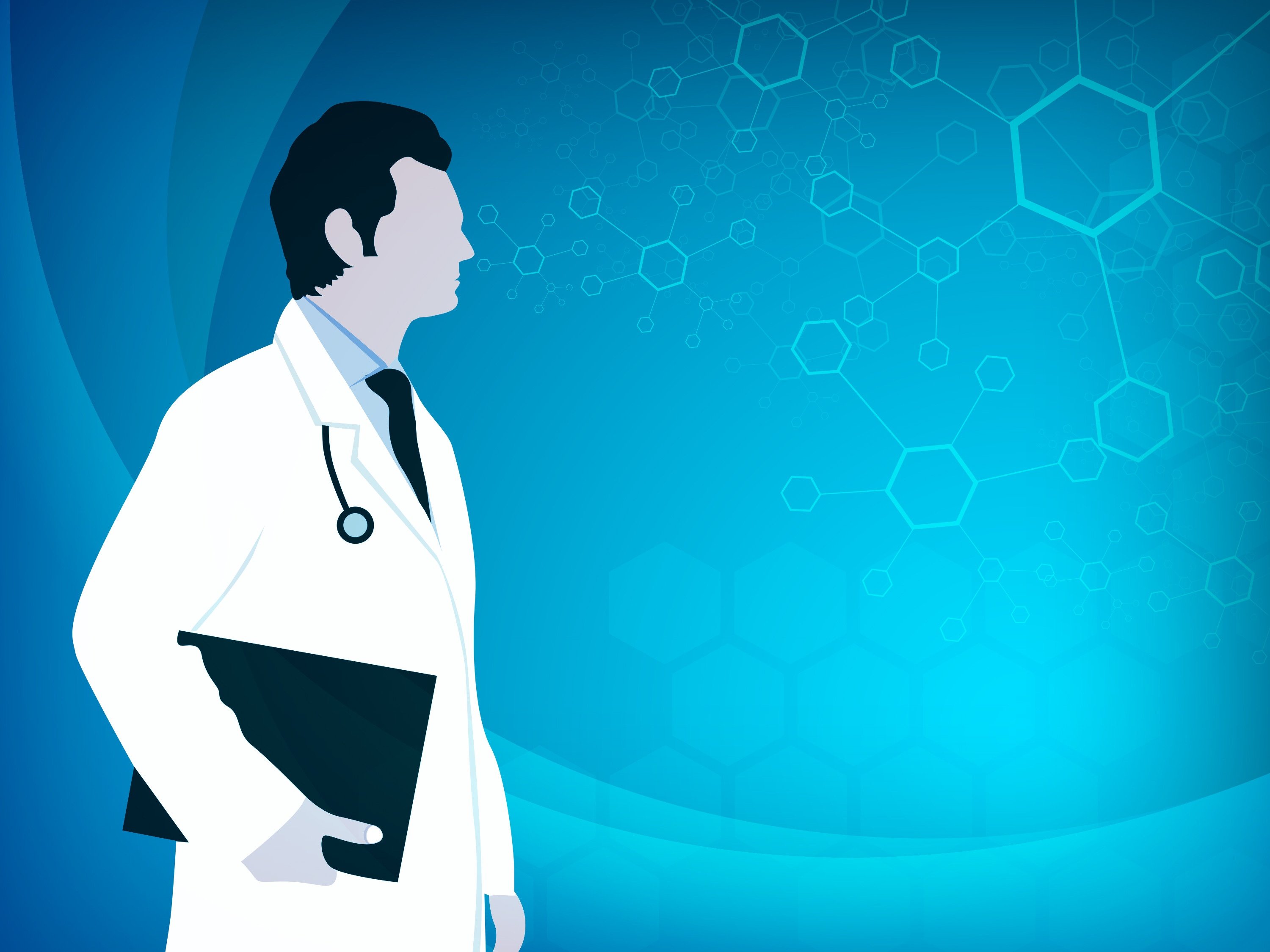
Telehealth Becomes Just Plain Health
Back in late September, at the Health IT Summit held in New York, Healthcare Informatics sponsored a panel discussion entitled “Telehealth: New Platform for Population Health.” The panel, which was chaired by Healthcare Informatics Editor-in-Chief Mark Hagland focused on how telehealth is becoming an increasingly important element across the healthcare continuum. Panel participants were:
- Todd D. Ellis, Managing Director, KPMG
- Rahul Sharma, MD, Emergency Physician-in-Chief, Division of Emergency Medicine, New York Presbyterian-Weill Cornell Medical Center
- Mony Weschler, Chief & Senior Director, Applications & Innovations Strategy, Montefiore - Information Technology, Montefiore Health Systems
For those who missed the session, there are two thorough summaries, one by Hagland on his blog, the other by his colleague, Assistant Editor Heather Landi. We’ve abstracted some of the highlights here.
- New York Presbyterian-Weil Cornell is taking an innovative approach to reducing emergency department wait times. As Dr. Sharma reported, “We launched a pilot telehealth program so when a patient comes into the ER, they have the option of a virtual visit through real-time video interactions with a clinician after having an initial triage and medical screening exam. So they go to a private room and see a clinician via a telehealth monitor.” Sharma used an interesting analogy, “The analogy we use is that years ago there were banks going up on every single street corner, and then the banks all put in ATMs. And people said that’s crazy, why go to ATM when can go to the teller? It’s the same concept. We’re allowing patients a choice in how they get healthcare.” The analogy is not perfect by the way. As Sharma made clear, when patients present with serious, life-threatening symptoms, they’re not offered the telehealth options, which is reserved for those with issues like coughs and low-grade fevers. Still, the approach holds tremendous promise.
As Hagland noted in his commentary, this solution works on many different fronts: patient satisfaction, outcomes, cost-effectiveness and efficiency.
- At Montefiore, they’re all about the data (and sharing valuable lessons learned). In discussing how his hospital is using data and data analytics, Mony Weschler said, “It’s all about the data, so the more data you have on a patient, the more you can have a longitudinal view, the better you can treat that patient.” An area of concern: filling in the care blanks for those time when your patient was out of your system. Weschler continued, “We also learned to be very good gatherers. The presentation layer was lacking and the decision support machine learning behind the data also is lacking…At this point, we’re not good at percolating to the top the data that says, 'this is what you need to do, this what is actionable for you with this visit,' and that’s where we need to do more work on how we present the data.” Other lessons that Weschler learned included making sure that data gathering and access are made easy and seamless for the physician. He sees great potential from technology. “This is the future, to use sensors, wearables and implantables, and the technology is being developed right now to enable continuous monitoring of the patient and to be able to do vitals and get real data from the patient, as that’s one of the last obstructions to telehealth.”
Hagland thinks that Weschler has it right, and that the current and potential landscapes will place healthcare “on the verge of a true breakthrough.”
- KPMG sees the need for healthcare systems to develop their own approaches to telehealth. For KPMG’s Todd Ellis, one size won’t fit all. “When understanding and starting a telehealth program, you need to ask where you want to be five years or 10 years from now as telehealth is going to be a critical part of value-based payment,” he said.
The bottom line for Hagland is the “one day, ‘telehealth’ really will simply be “health.” And that is a vision of the future that patient care leaders need to plan for.”
We couldn’t agree more.
